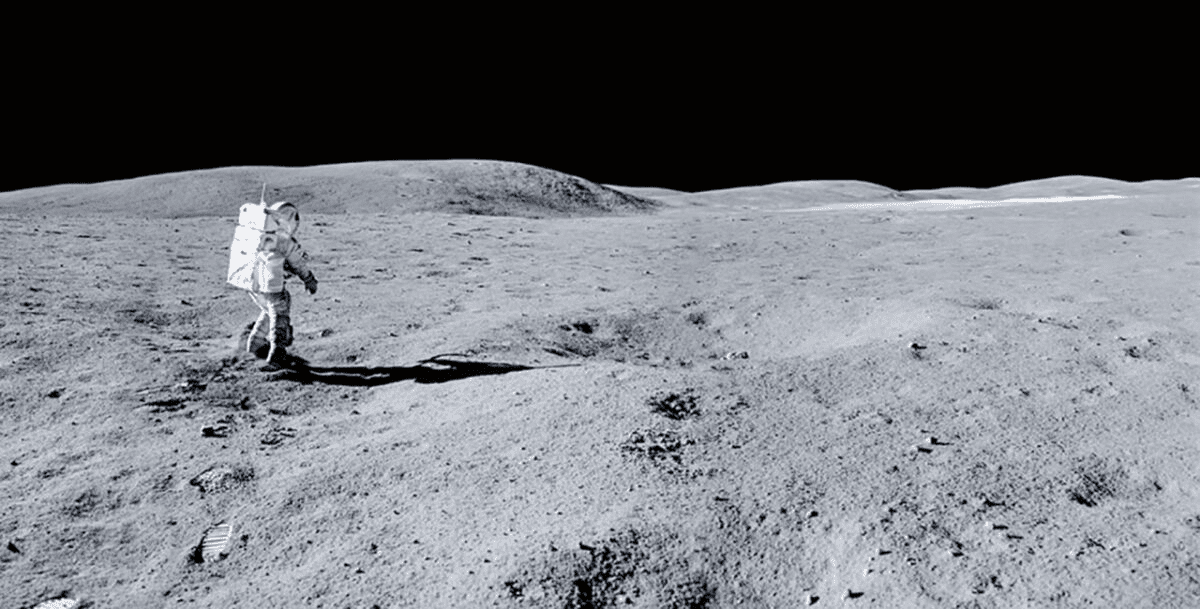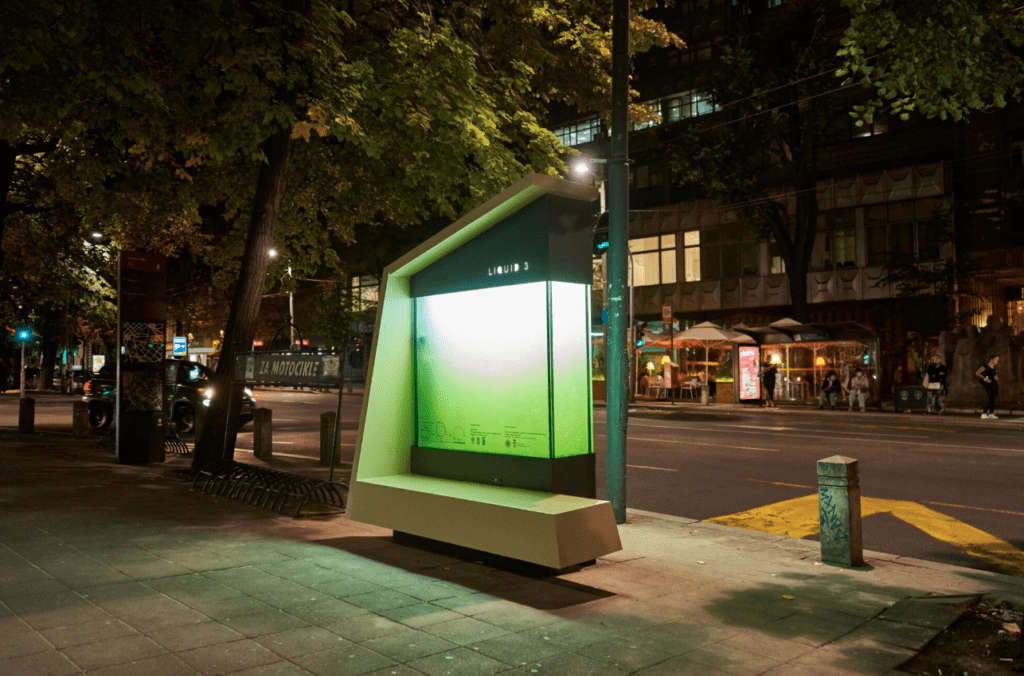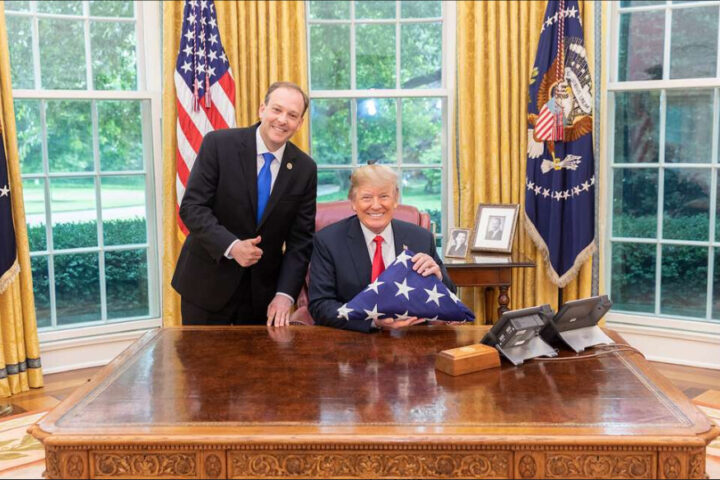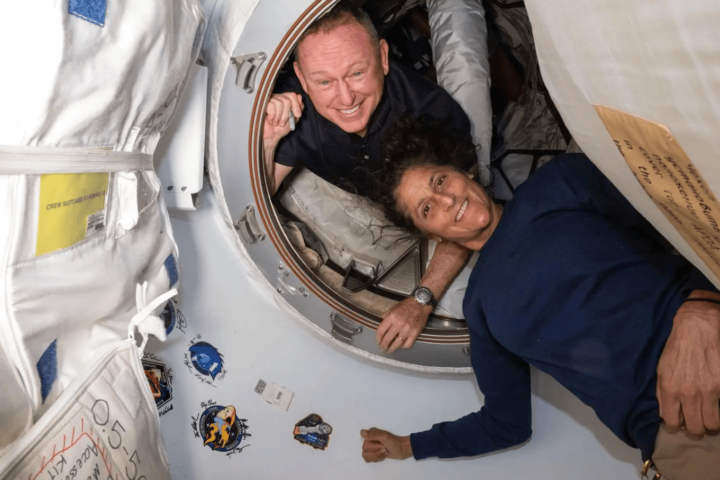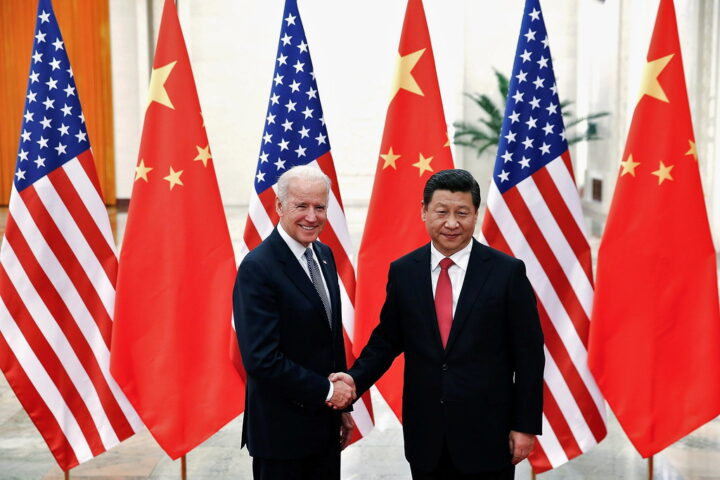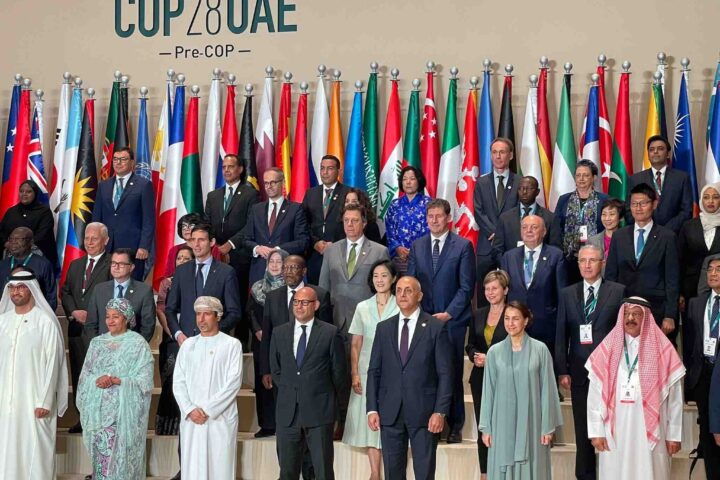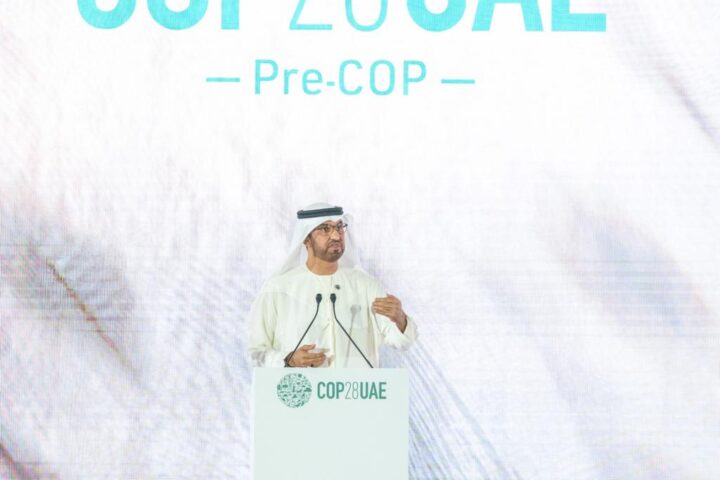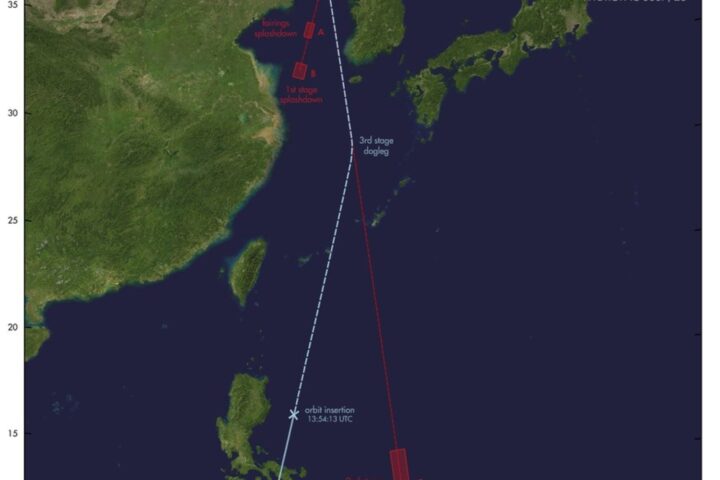In order to bolster the sustainable space travel market & compete with China, NASA is focused on mining metals on the moon. A search for university researchers to explore using moon metals in 3D printing & other material sciences technologies has been launched by NASA. The efforts of ASA to leverage space resources to reduce fuel consumption on Earth are increasing.
The LSTR (Lunar Surface Technology Research) program is part of NASA’s LSII (Lunar Surface Innovation Initiative), & it funds early-stage technology that could transition into large production contracts. AstroForge, a venture-backed asteroid mining startup, is also working on on-site extraction & processing technology. Jeff Bezos-founded Blue Origin showcased its Blue Alchemist program using simulated lunar rock to make solar cells & transmission wire.
Bill Nelson, Administrator of NASA, warned that China might get to the Moon under the guise of scientific research, & NASA wants to beat them to it. The primary focus of NASA’s efforts for “mission consumables” are water & oxygen. Metal mining is a bit farther down the road. Trapped in craters, water on the moon, once extracted, could provide everything from hydrogen fuel to oxygen for astronauts.
More energy is required to extract metal out of rock, process & use them in manufacturing.
Investigations by private companies are in progress to set up shop on the moon. The efforts of the private companies could make any long-term settlement more affordable both to construct & maintain. The Artemis Lunar Exploration Mission, established by NASA, is aimed at solving specific problems with a clear goal.
The National Aeronautics & Space Administration is searching for solutions to active dust mitigation technology & coordinated robots for “extreme access & exploration” of the moon. The technology at NASA will eventually transition into contracts that will fuel the future of space travel. The focus of LuSTR is on grants for early-stage innovation that will go to the moon in the not-too-distant future.
The short form of Lunar Surface Technology Research is LUSTR & is a part of NASA’s Lunar Surface Innovation Initiative to fund early-stage technology that could transition into large production contracts. The focus of the program is on researching & developing technology for lunar operations, including metal mining, active dust mitigation, & coordinated robots for exploration. The rise in interest in metal mining in space coincides with the improvement & greater investment in tech like 3D printing, which government agencies are eyeing for manufacturing hubs.
